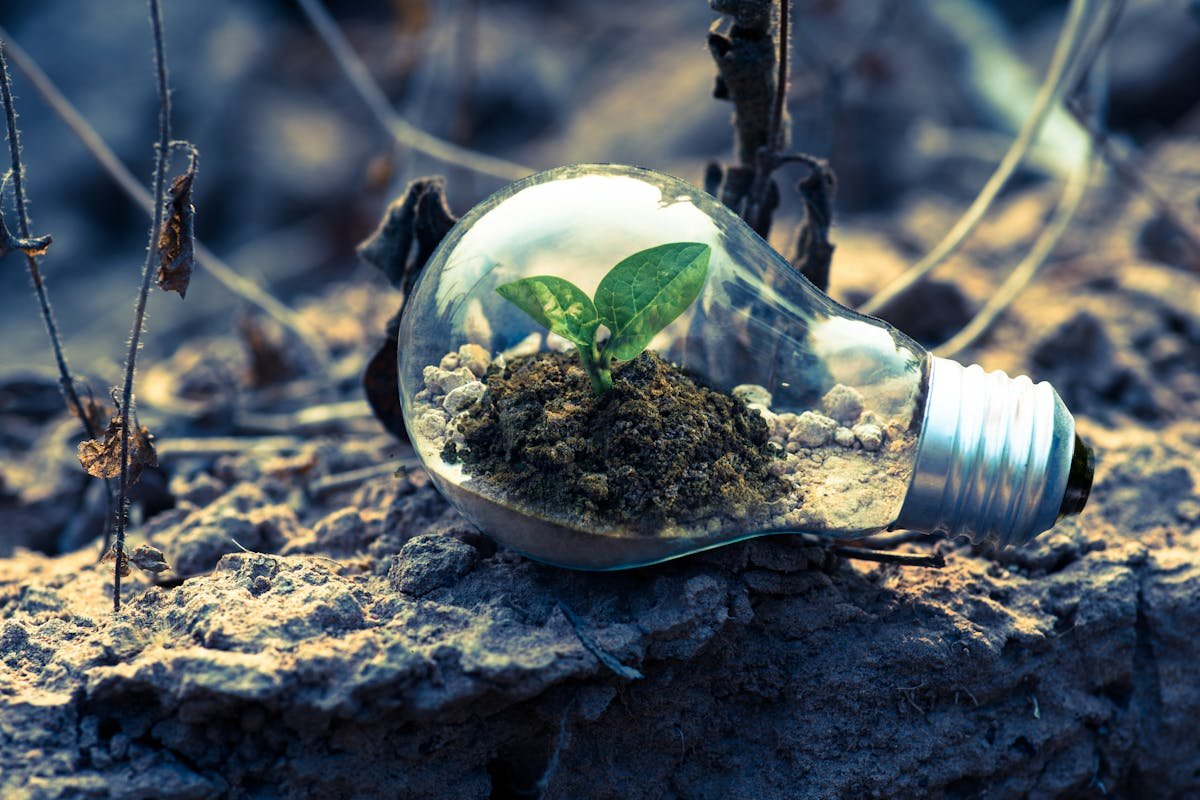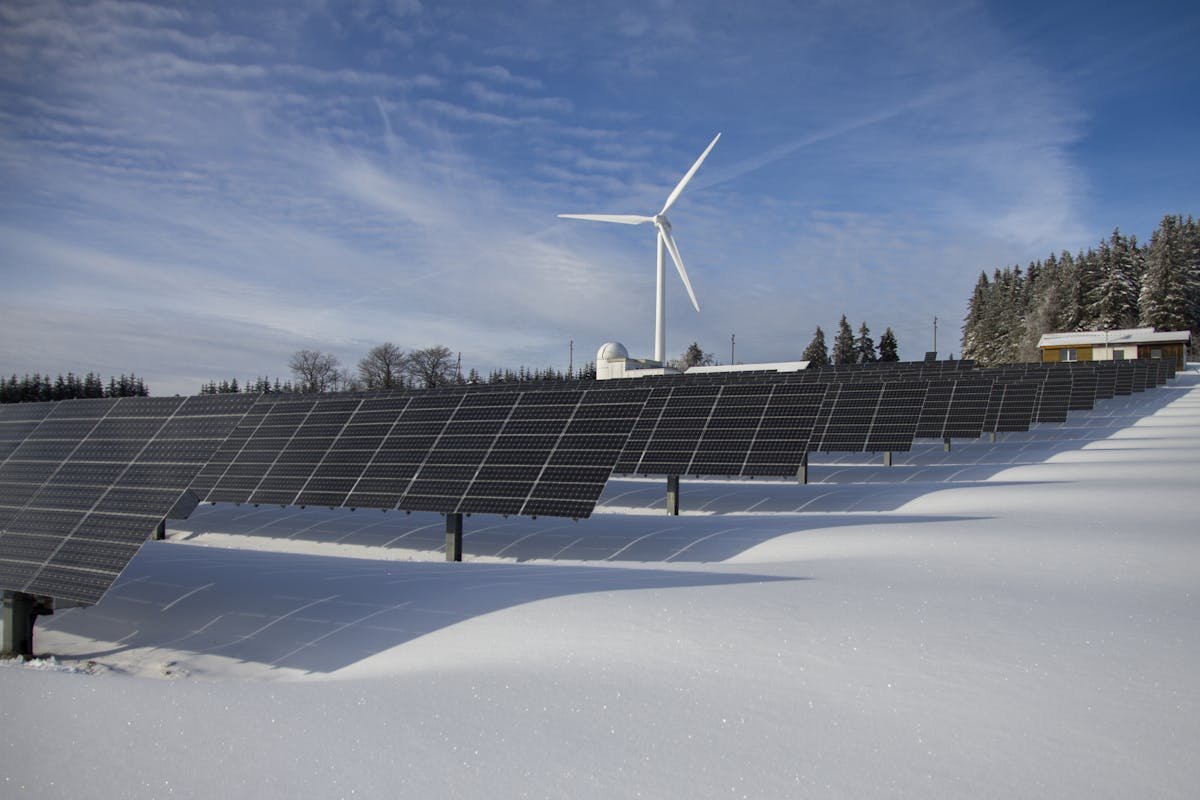Green Energy, Dirty Secrets: What They’re Not Telling You About Renewables in 2025
Future of Energy & Resources / Date: 06-23-2025

Let me start with this bold claim: Green energy isn’t as clean or perfect as you’ve been led to believe. Sounds crazy? Stick with me—because beneath the shiny promise of solar panels and wind turbines lies a mess of hidden costs and environmental hits nobody talks about. Today, you’ll uncover the dirty secrets of renewables that the mainstream media and big energy companies often skip. From the mining chaos behind “clean” tech to the tricky reality of recycling and land use—this story’s not black and white. So, buckle up. The green revolution? It’s more complicated than you think.
Why the “Clean” Label on Renewables Is Mostly a Myth
We all love the idea of solar panels soaking up the sun or giant windmills spinning quietly on hillsides. But what about the raw materials powering these gadgets? Batteries, solar cells, and wind turbines need rare metals like lithium, cobalt, and nickel. Mining these isn’t exactly a clean job.
Take lithium, for example. The biggest lithium reserves are in South America’s salt flats, places where water is already scarce. Mining lithium sucks up massive amounts of water—up to 500,000 gallons per ton—which devastates local ecosystems and harms communities that rely on that water. And cobalt mining? Mostly in the Congo, it’s tied to child labor and dangerous working conditions. Not exactly the ethical green dream.
Manufacturing Emissions You Don’t See
Sure, solar panels and wind turbines don’t burn fossil fuels when running, but their production is energy-intensive. Manufacturing solar cells involves toxic chemicals and produces a significant carbon footprint. Some estimates say that producing a single solar panel releases 50 to 70 kilograms of CO2—equivalent to driving a car for about 200 miles.
The Recycling Riddle: What Happens After Renewables Die?
Solar Panels: The Growing Waste Problem
Solar panels have a 25–30 year lifespan on average. However, what follows? Solar panel recycling is costly and complicated. The majority of nations lack the infrastructure and laws necessary to effectively recycle them. Rather, toxins like lead and cadmium seep into the ground as tons of outdated panels accumulate in landfills.
Wind Turbine Blades: Landfill Giants
Their large size and composite materials make recycling a costly headache. Many blades end up chopped into bits and buried in landfills or, worse, burned. Some companies are researching new recycling methods, but they’re not ready to scale yet.
Land Use and Wildlife: The Overlooked Environmental Costs
Solar Farms Swallowing Farmland
Solar farms need space—a lot of it. That means farmland, deserts, or forests get converted into energy deserts. This land conversion disrupts wildlife habitats and sometimes threatens food production. In places like California and Arizona, solar farms have displaced native plants and animals, creating new environmental tensions.
Wind Turbines and Birds: The Silent Killers
When opposed to fossil fuels, wind turbines are frequently hailed for being more environmentally benign. However, turbine blade-related bird and bat deaths remain a serious concern. Every year, millions of birds perish when they crash into rotating turbines. Certain species are especially at risk, including those that are endangered. Not only are birds affected, but turbine collisions are also causing a decline in bat numbers, which are essential for controlling insects.
The Intermittency Illusion: Why Renewables Can’t Go It Alone
When the Sun Doesn’t Shine and the Wind Doesn’t Blow
Let’s be real—solar and wind power depend on weather. That means power supply fluctuates. When clouds cover the sky or winds calm down, energy production drops. To keep the lights on, backup power—usually fossil fuel-based—is still needed. Storage technologies like batteries help but aren’t yet capable of handling large-scale, long-term energy demands affordably.
The Carbon Cost of Backup and Storage
Building massive battery farms to store excess energy is expensive and resource-heavy. Lithium-ion batteries require mining (back to the water and ethical issues), and batteries degrade over time, needing replacements. Backup power plants, often natural gas-fired, emit CO2. So, ironically, until storage improves, renewables lean on fossil fuels.
What Big Energy Companies Aren’t Telling You
Greenwashing and Government Subsidies
Many big oil and gas companies have jumped on the green bandwagon, investing billions in “renewable projects.” But a lot of it is marketing to keep investors happy—greenwashing. They still earn the bulk of profits from fossil fuels, and sometimes their “green” projects rely heavily on government subsidies.
The Influence on Policy and Public Perception
By controlling the narrative, these companies can shape policies that favor their interests—like pushing for biofuels or hydrogen hype while delaying more radical clean energy solutions. The public hears about shiny tech but rarely about the environmental and social costs hidden beneath.
Here’s the Kicker…
Without a question, renewables are essential to the fight against climate change. However, there is more to the green energy tale than "switch to solar, save the planet." The issues of mining, manufacturing, waste, land usage, animal damage, and intermittency are significant and need for openness, creativity, and difficult discussions.
Will you accept the green energy myth at face value, or dig deeper and demand transparency? So, what’s your take—embrace the mess and push for real solutions, or stay comfy with half-truths?
Follow Us
Newsletter
Subscribe to our newsletter to stay updated with our latest news and offers.
We respect your privacy.Trending










